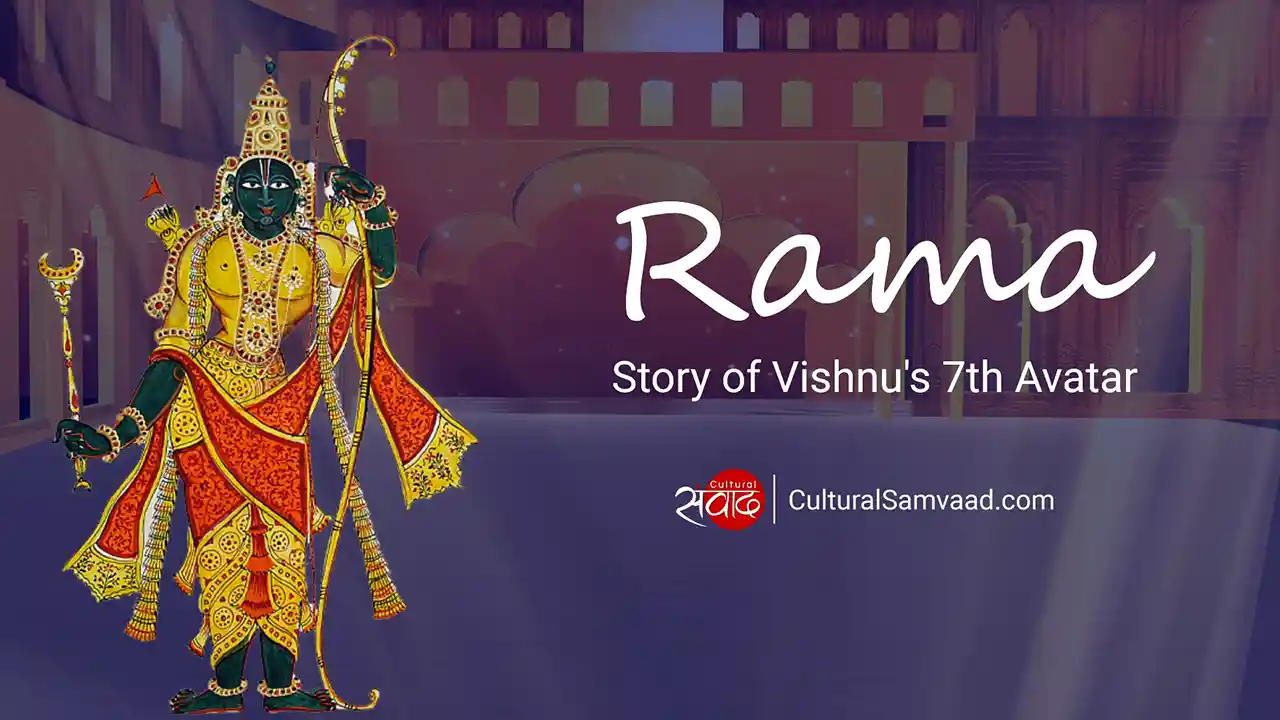The Navkar mantra is the holiest of the holy and the most auspicious mantra for the followers of Jainism. The significance of this mantra composed in the Prakrit language lies in the fact that it is not addressed to a particular God but to specific and enumerated qualities of beings. TheNavkar refers to the ‘nava’ or nine lines of the mantra. Many a times, it is also referred to as Namokar Mantra especially in Hindi. The meaning of these nine lines is quite well known to the followers of the tradition.

The Navkar or Namokar mantra is as follows:
णमो अरिहंताणं
णमो सिध्दाणं
णमो आयरियाणं
णमो उवज्झायाणं
णमो लोए सव्व साहुणं
एसो पंच णमोकारो,सव्व पाव प्पणासणो ।
मंगलाणं च सव्वेसिं, पढमं हवइ मंगलं ॥
I bow to the Arihants,
I bow to the Siddhas,
I bow to the Acharyas,
I bow to the Upadhyayas,
I bow to all the sages in the world,
These five obeisances can destroy all sins,
Thus, this mantra, among all mantras is the most auspicious.
ṇamo arihantāṇaṁ
ṇamo siddhāṇaṁ
ṇamo āyariyāṇaṁ
ṇamo uvajjhāyāṇaṁ
ṇamo loe savva sāhuṇaṁ
eso pañca ṇamokāro, savva pāva ppaṇāsaṇo
maṅgalāṇaṁ ca savvesiṁ, paḍhmaṁ havai maṅgalaṁ
The Namokar mantra venerates the characteristics, achievements and features of the Arihants, Siddhas, Acharyas, Upadhyayas and Sadhus. The idea is to remind oneself of their qualities which led them onto the path of enlightenment and liberation and seek those qualities for oneself. There is no scope for asking for any material or worldly gains or pleasures. As the Navkar mantra does not name anyone, the qualities themselves are worthy of reverence.
It is imperative to understand the position of these souls and their roles for learning, following and achieving the path of final liberation. Jain philosophy treats the terms used for these being as technical terms and each term has a prescribed set of definitions. There are further technical points like what karmans they destroy, what qualities they attain and so on which defines these five classes of beings. The two terms, arihant and siddha are common across the Indian religious and cultural scenario and therefore the different nuances require proper understanding depending on the context.
Who is an Arhat?
In Buddhism, an Arhat or Arihant may have attained spiritual growth but has still not attained ‘Buddhahood’. It is necessarily a lower stage than that of a Buddha which remains the highest ideal. The Hindu Arhat is a meritorious being who is on the path of spirituality and is frequently characterised by supernatural powers. As against this, the Jain Arhat is an embodied soul who has attained omniscience. These omniscient souls have achieved complete enlightenment but are still in an embodied state just before the final liberation. In the hierarchy of the mantra, they represent the highest level even though the Siddhas are spiritually the highest. This is because the arihants still inhabit the mortal world and are capable of leading the community at large, onto the path of the Jina. These omniscients are of two types: those who teach and lead others onto the prescribed path and those who are concerned only with their own liberation. The former are known as Tirthankaras.
Who is a Siddha?
The term Siddhas is also popular in the Indian context. It has the general meaning of one who may be on the path to enlightenment and posses some extraordinary powers. It is a common term very often associated with yogis and the Natha tradition. In Jainism, however it is applied to the highest achievement. Those who have not only achieved enlightenment but have also attained final liberation are referred to as the Siddhas. These souls come to rest at a place called as the Siddhaśila according to Jain mythology or cosmogony. It is the highest point possible in the habitable universe above which begins empty space. Though technically they are without body, they are portrayed as having a shadowy form of their earlier human form. They have complete knowledge of all the worlds and all the times. However, they are completely dispassionate and neither do they come to the aid of anybody nor are they a party to teach the path.
Who are Acharyas, Upadhyayas and the other Sadhus?
The other three entities referred to in the mantra are the acharya, upadhyaya and the sadhus of the world. They are all teachers who preach the path of liberation while pursuing the same path. They have specific qualities attained through defined practices and destruction of respective karmans.
The Navkar mantra, though on the face of it is a generic prayer, has a specific message and purpose. It stresses on the worship of the qualities and not the person. When one concentrates on each of these qualities, and understands the path to achieve them, the reciter of the mantra moves from the material to the immaterial and from the gross to the subtle.
Reference:
Dravya–Sangraha by Muni Nemichandra Siddhantideva; Tr. Sarat Chandra Ghoshal.






Thanks so much! Where can I find more Jainism material from you?
Thanks and warm regards
Veenu
Nice presentation thanks for your information pattanmd 50 barshi sholapur Age80barshi